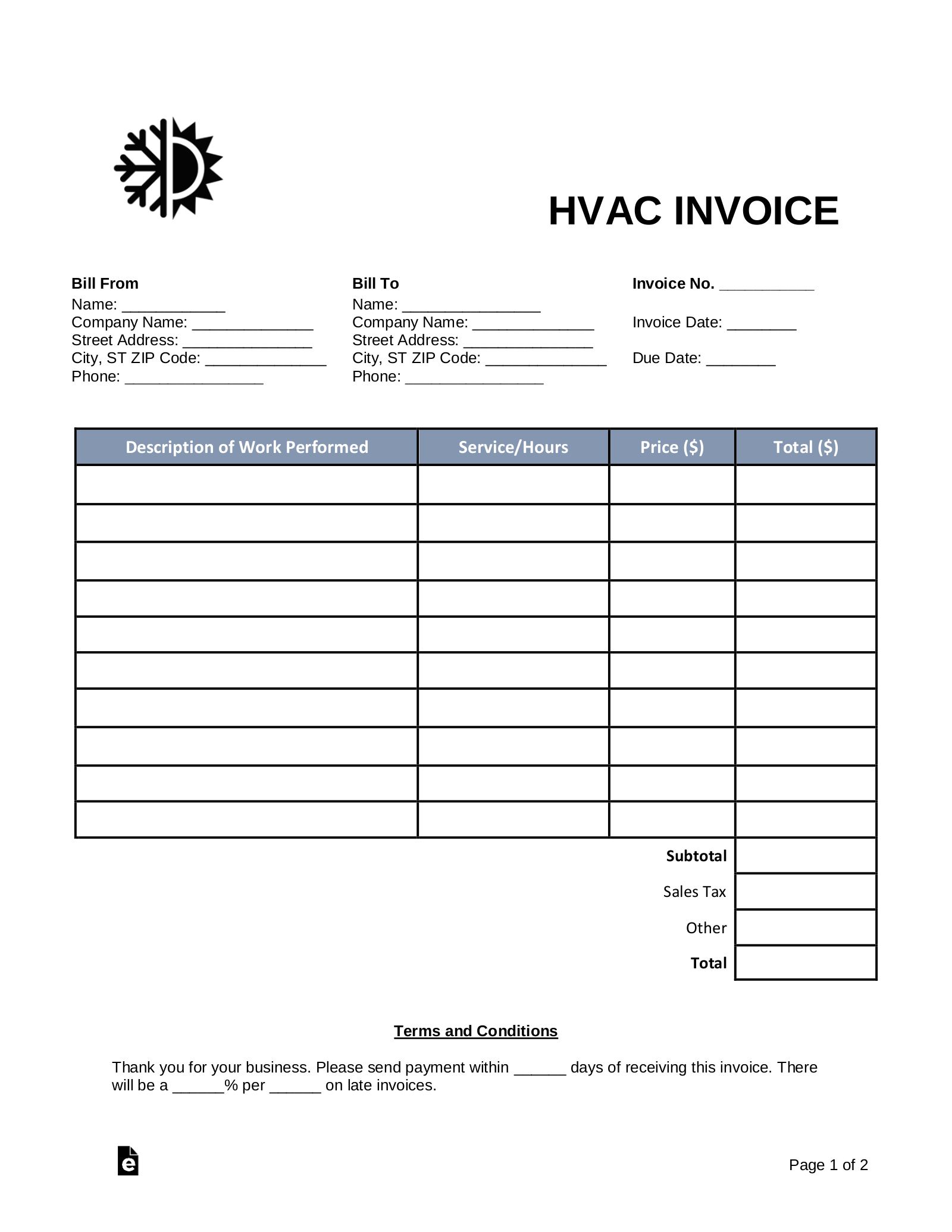
As an HVAC contractor, providing accurate and professional estimates is crucial to winning new clients and ensuring the success of your business. A well-crafted HVAC estimate template can streamline the estimating process, save you time, and help you present a polished and professional image to potential customers.
In this article, we will explore everything you need to know about HVAC estimate templates, including what they are, why they are important, and how to create an effective template that will impress your clients. We will also provide you with some sample templates and offer tips for customization and optimization. So, let’s dive in!
What is an HVAC Estimate Template?
An HVAC estimate template is a pre-designed document that allows HVAC contractors to provide detailed cost estimates to potential clients. It includes all the necessary information such as labor costs, material costs, equipment costs, and any additional fees or charges. The template serves as a framework that contractors can use to quickly and efficiently create professional estimates for their clients.
Having a standardized template not only saves time but also ensures consistency in the information provided to clients. It helps contractors present a professional image and instill confidence in their customers, leading to higher chances of winning new projects.
Why Do HVAC Contractors Need an Estimate Template?
Using an HVAC estimate template offers several benefits for contractors:
- Time-saving: With a pre-designed template, contractors can quickly fill in the required information without having to start from scratch every time. This saves valuable time and allows contractors to focus on other important aspects of their business.
- Consistency: A template ensures that all estimates provided by a contractor contain the same information and follow a consistent format. This helps in building trust with clients and maintaining a professional image.
- Accuracy: The template acts as a checklist, ensuring that no important details are missed while preparing an estimate. Contractors can include all the necessary costs and charges, leading to more accurate estimates.
- Professionalism: A well-designed template reflects the professionalism of a contractor and can leave a positive impression on clients. It demonstrates that the contractor takes their work seriously and is committed to providing high-quality services.
How to Create an HVAC Estimate Template
Creating an effective HVAC estimate template requires careful consideration of the information you need to include and the format in which it should be presented. Here are some steps to guide you:
1. Identify the Essential Information
Start by identifying the key information that you need to include in your estimate. This typically includes:
- Client information (name, address, contact details)
- Project description and scope
- Itemized list of materials and equipment
- Labor costs (including the number of hours and hourly rate)
- Additional fees or charges (such as permits or disposal fees)
- Payment terms and conditions
Make sure to gather all the necessary details before creating your template to ensure accuracy and completeness.
2. Choose a Template Format
Next, decide on the format of your template. You can create a digital template using software like Microsoft Word or Excel, or you can opt for a cloud-based solution that allows you to access and update your estimates from anywhere. Choose a format that is easy to use and customize according to your needs.
3. Design the Template
Design your template to reflect your branding and professional image. Use a clean and organized layout with clear headings and sections. Incorporate your logo and company colors for a cohesive look. Remember to leave enough space for filling in the necessary details.
4. Customize and Optimize
Once you have created the basic template, customize it to suit your specific business needs. Add any additional sections or information that are relevant to your projects. Consider including terms and conditions, warranty information, or testimonials to add value to your estimates.
Optimize your template by ensuring that it is easy to read and understand. Use bullet points, headings, and subheadings to break down information into digestible sections. Include clear labels and descriptions for each cost item to avoid confusion.
5. Test and Refine
Before using your template for actual estimates, test it thoroughly to ensure that it is error-free and user-friendly. Get feedback from your team members or colleagues and make any necessary refinements or improvements.
Sample HVAC Estimate Template
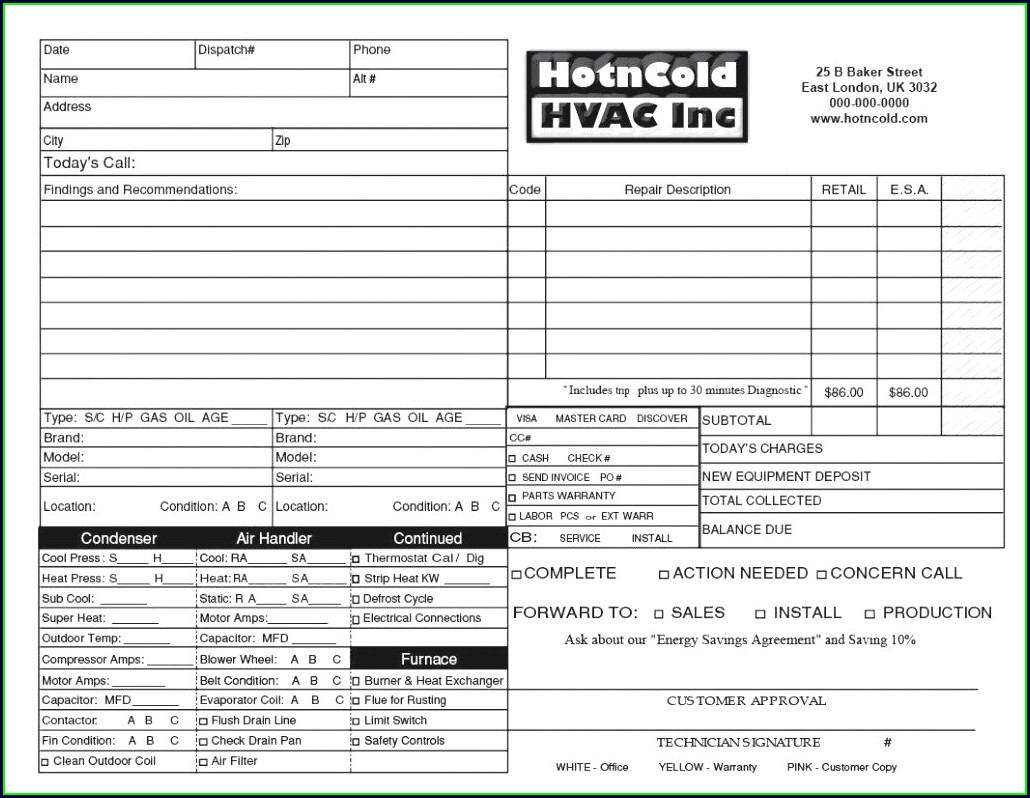
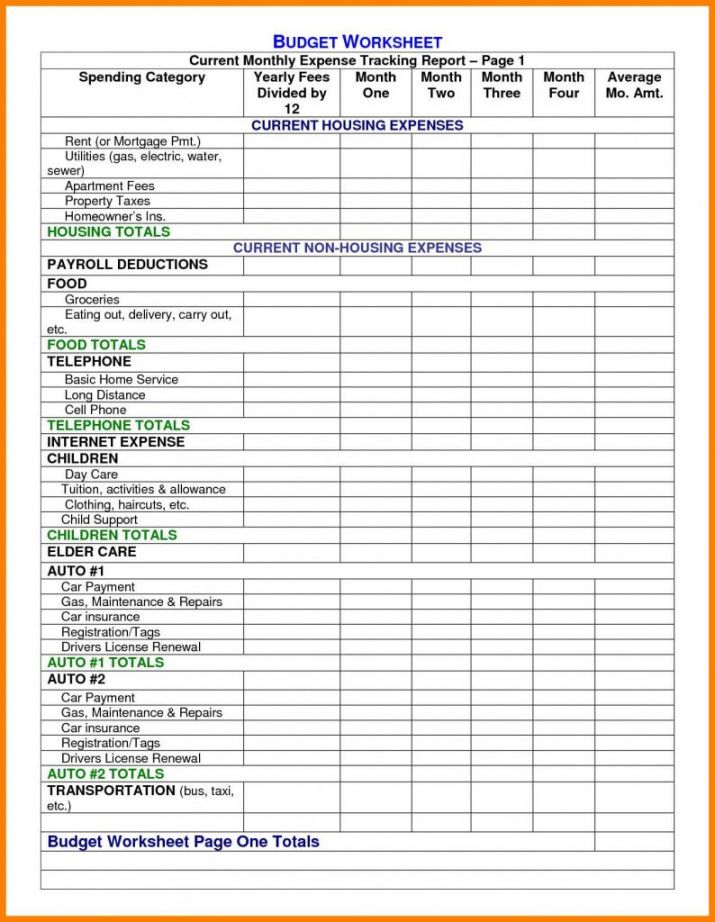
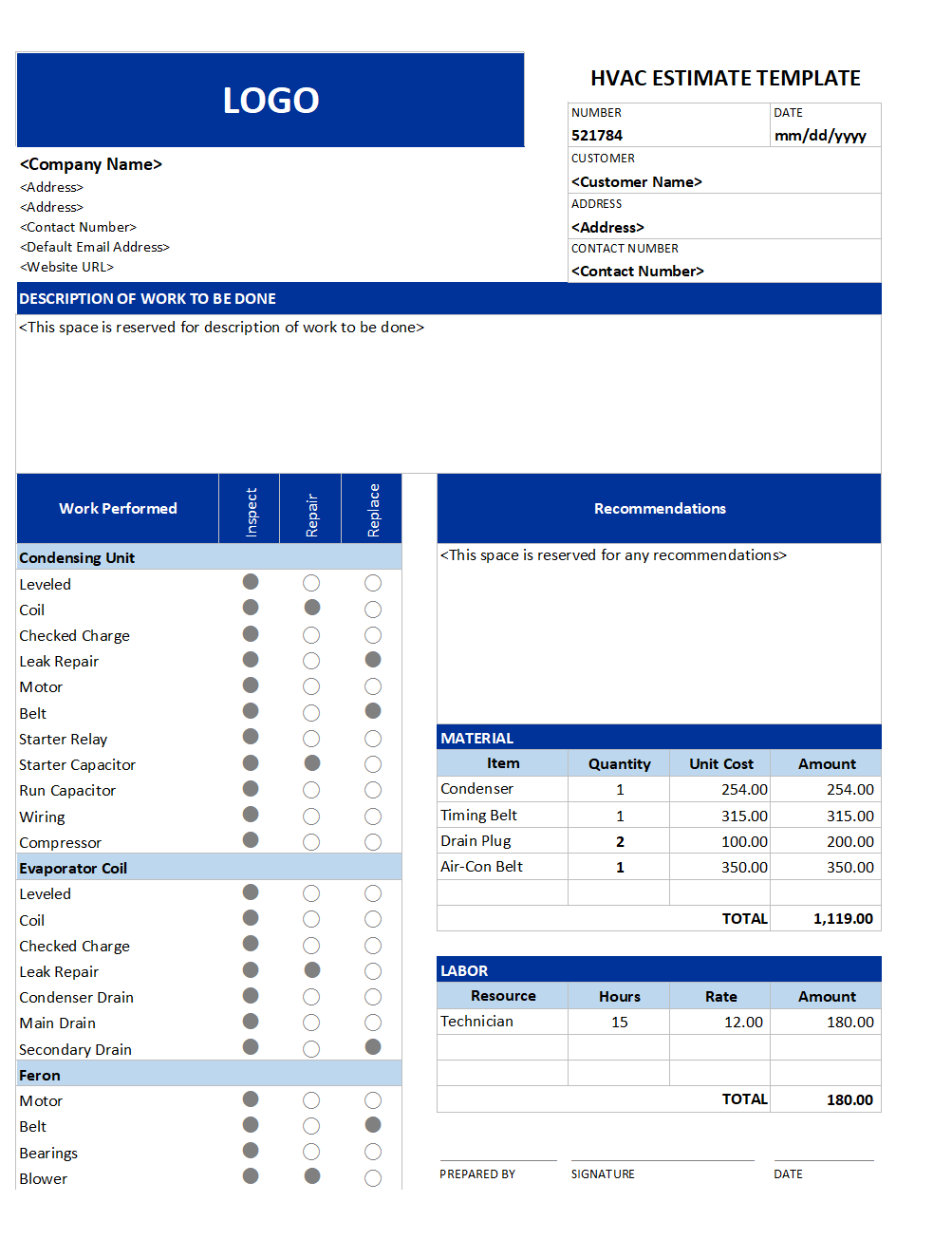
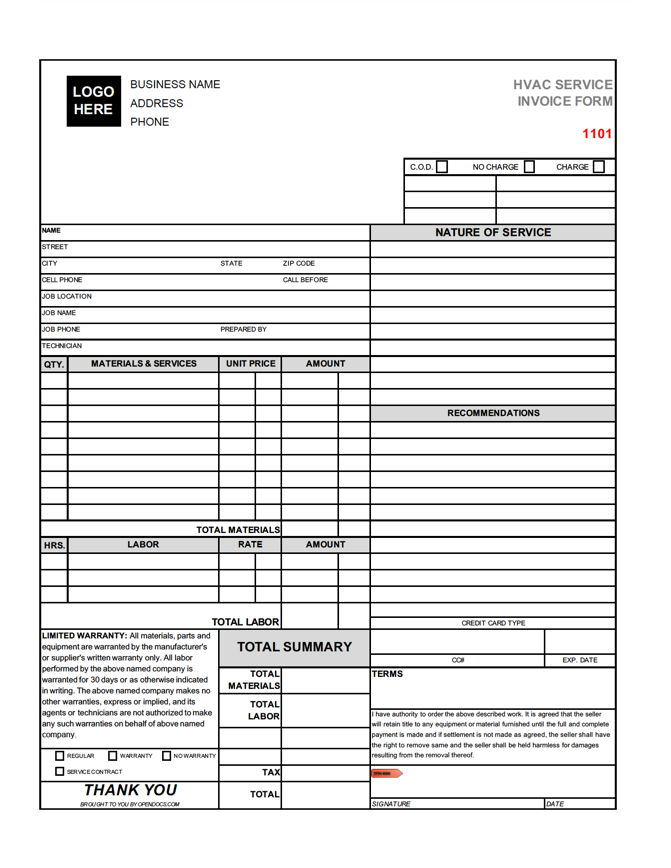
Here is an example of an HVAC estimate template that you can use as a starting point:
[Your Company Name]
Estimate Date: [Date]
Client Information:
[Client Name]
[Client Address]
[Client Contact Details]
Project Description:
[Project Description and Scope]
Materials and Equipment:
- [Material/Equipment 1]: [Quantity] x [Unit Price] = [Total Cost]
- [Material/Equipment 2]: [Quantity] x [Unit Price] = [Total Cost]
- [Material/Equipment 3]: [Quantity] x [Unit Price] = [Total Cost]
Labor:
- [Number of Hours] hours x [Hourly Rate] = [Total Labor Cost]
Additional fees:
[Fee/Charge 1]: [Amount]
[Fee/Charge 2]: [Amount]
[Fee/Charge 3]: [Amount]
Total Estimate:
[Total Cost]
Payment Terms:
[Payment Terms and Conditions]
Final Thoughts
Using an HVAC estimate template can greatly enhance the professionalism and efficiency of your estimating process. It allows you to provide accurate and detailed estimates to potential clients, increasing your chances of winning new projects. By following the steps outlined in this guide, you can create a customized template that meets your specific business needs and impresses your clients. Good luck!
HVAC Estimate Template – Download